The Future of Remote Work: Tools and Trends for 2025


In Brief
Find out the top remote work trends and why they matter for 2025 and beyond.

One of the greatest work environments that companies can provide is remote work. Teams may operate outside of the conventional office setting thanks to it. This may be done from any place with an internet connection, even your home.
However, leveraging technology to support job management, communication, and collaboration is essential to the success of remote work.
For this reason, software and solutions for remote work are essential for ensuring that workers remain productive even when they are not in the same physical location.
What does remote work’s future hold, then? We’ll talk about remote work tools and 2025 trends in this piece.
Popular Remote Work Tools
Remote employee software plays a key role in simplifying how teams collaborate and stay productive. It offers features like time tracking, task management, and real-time communication that make remote work smoother and more organized.
For example, managers can easily oversee projects without micromanaging, while employees benefit from transparent workflows and expectations. These tools ultimately help create a more connected and efficient work environment, even when everyone is miles apart.
Below are emerging technologies and tools that help remote teams maintain clear and consistent communication, manage projects effectively, and stay working towards a common goal.
Project Management Software
70% of all projects fail. So, what does that mean for remote work? That number is probably even higher since teams rely on digital tools. This can lead to misunderstandings or delays if everyone isn’t sharing information effectively.
And if you run a global remote workforce, time zone differences further complicate collaboration. Coordinating schedules can limit real-time interactions and slow decision-making processes.
Project management software helps solve some of these challenges. It helps teams plan, execute, and track projects efficiently.
Project management tools centralize tasks, deadlines, and progress updates, which fosters better organization and collaboration.
Key features:
- Tools like Gantt charts or Kanban boards
- Task assignment and prioritization
- Real-time updates
Examples: Trello, Monday.com, Asana, Jira, ClickUp
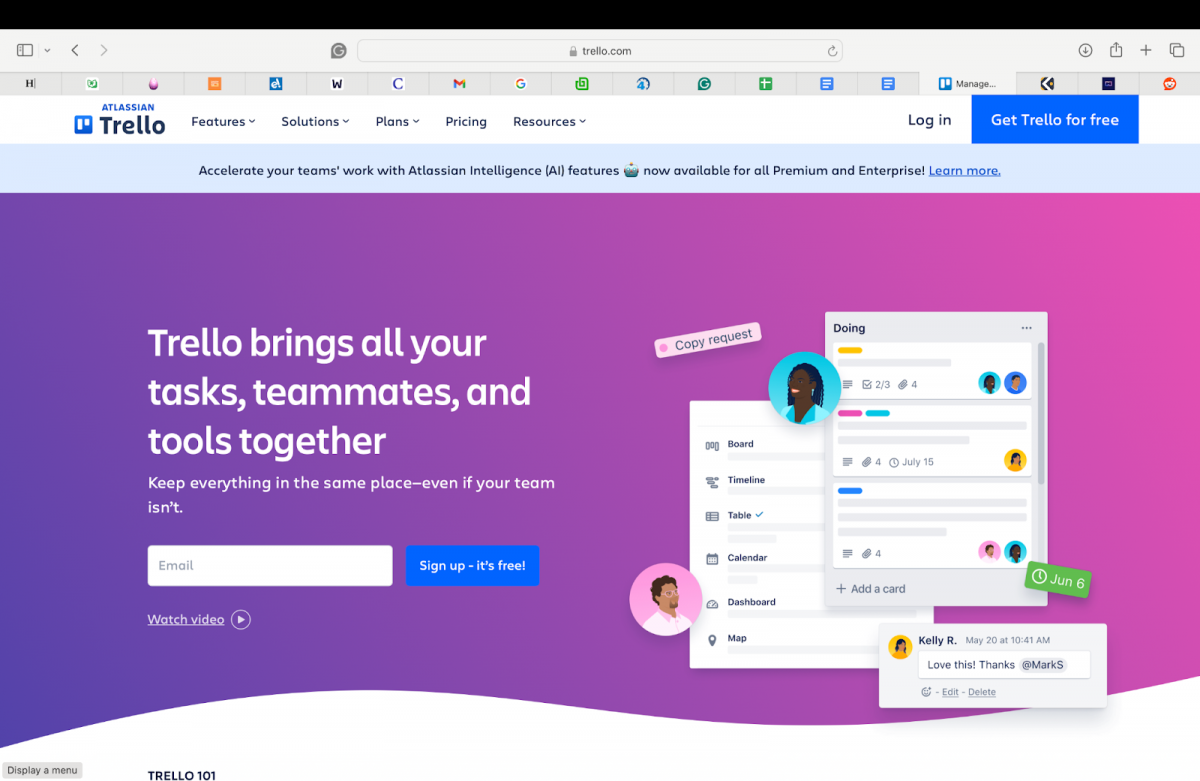
Cloud Storage and File Sharing
Cloud storage and file sharing are key components of the modern remote ecosystem. They give teams the ability to store, access, and collaborate on files from any location at any time.
This eliminates the constraints of working from a single physical location, so employees can collaborate effectively while working from home, in co-working spaces, or on the go.
Cloud-based file sharing tools often come with collaboration features that enable multiple users to view, edit, and comment on documents in real-time. This makes it easier for teams to work together on projects without worrying about version control issues or sending files back and forth.
Key features
- Access from anywhere
- Backup and disaster recovery
- Real-time collaboration
- File synchronization
- Version control
- Scalability
Examples: Google Drive, Dropbox, Microsoft OneDrive
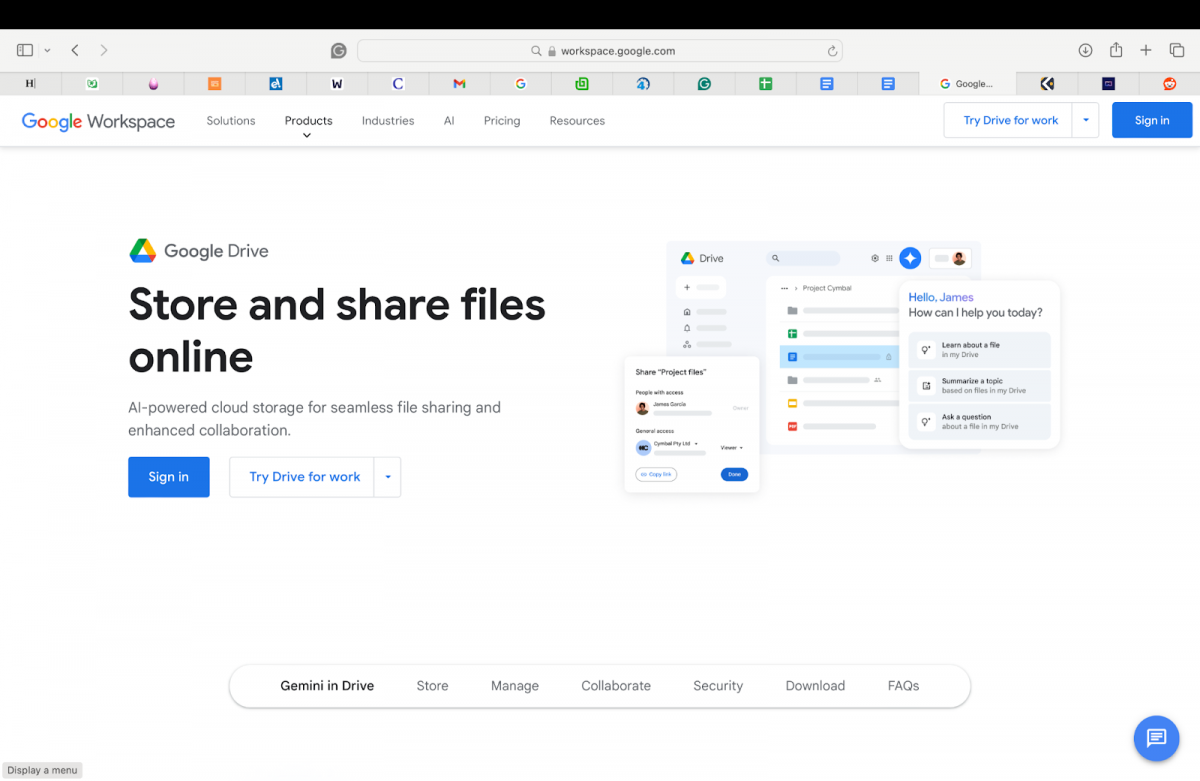
Mental Health and Wellness Platforms
Mental health and wellness platforms are becoming essential tools for employees, whether working in-person or remotely.
But these platforms are especially useful for remote workers because they often feel isolated and don’t have the same access to support as their in-office counterparts do.
Many platforms offer access to licensed therapists, counselors, or life coaches through chat, video calls, or phone consultations.
Some tools might also include guided meditation sessions, mindfulness exercises, breathing techniques, and other resources to help employees manage stress and maintain focus throughout the workday.
Key features
- On-demand therapy and counseling
- Integration with employee assistance programs (EAPs)
- Mental health screening and assessment
- Mindfulness and stress-relief tools
- Wellness challenges and activities
- Resource libraries
Examples: Headspace for Work, Ginger, BetterHelp, Calm for Business
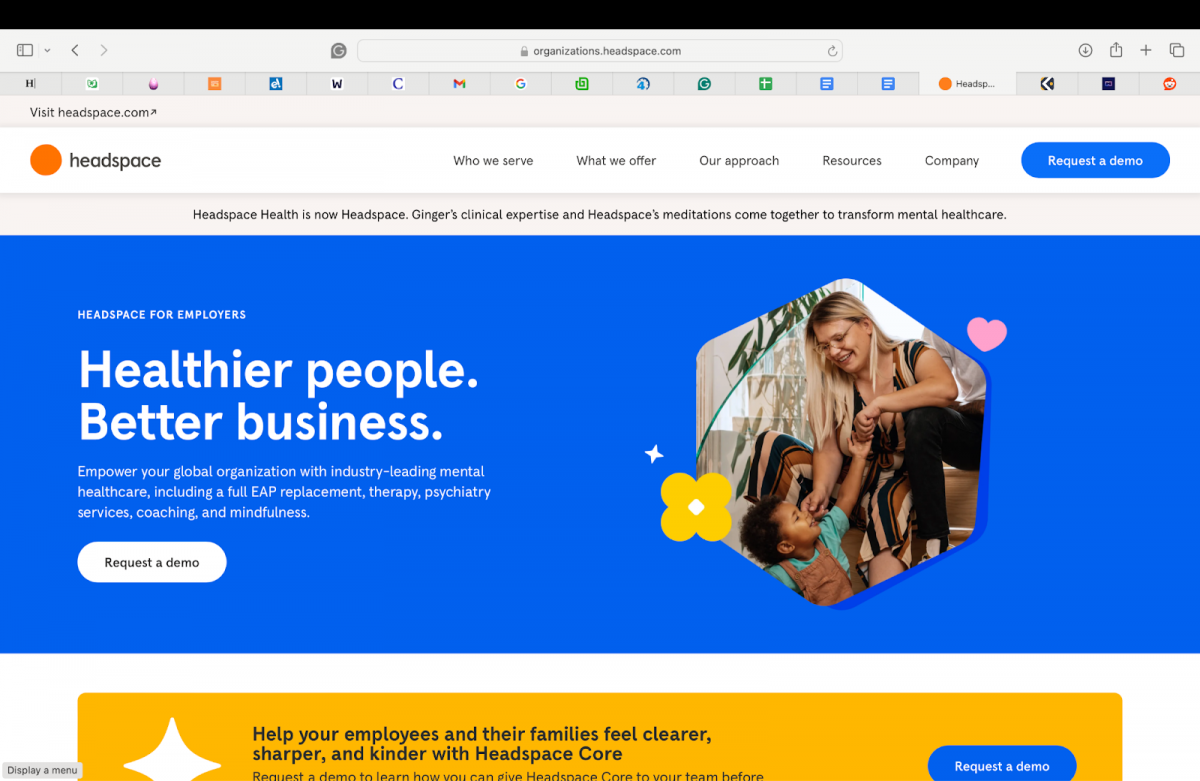
Board Management Software
For remote work to thrive in 2025, it will be critical to streamline team communication and collaboration from the bottom up to the boardroom.
It is necessary to choose the right tools. Board management software offers a secure platform for directors to access critical documents, participate in discussions, and vote on important matters regardless of where they are in the world.
This helps them stay connected and informed and ensures an effective and efficient remote work environment.
Key features
- Meeting scheduling
- Document sharing
- Agenda creation
Examples: OnBoard, Diligent Boards, BoardEffect
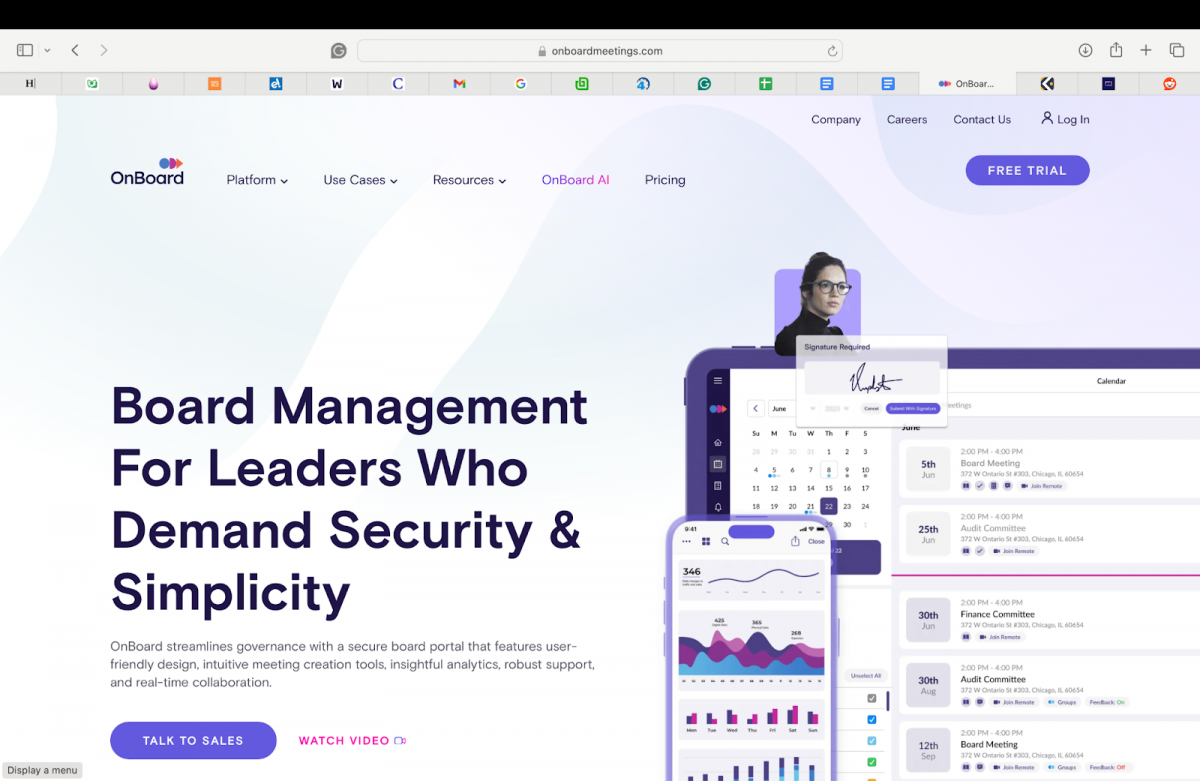
Collaboration Software
Collaboration software helps remote teams stay connected, communicate effectively, and work together on projects regardless of location.
These tools support a range of functions, from messaging and video conferencing to document sharing and task management. This makes them essential for productivity and collaboration in a remote or hybrid work setup.
The future of collaboration software includes immersive technologies like VR and AR, corporate social networking, smart meeting rooms, and AI and machine learning (ML).
Key features
- File sharing and document collaboration
- Calendar and scheduling integration
- Task and project management
- Real-time communication
Examples: Slack, Microsoft Teams, 8×8, Zoom, RingCentral
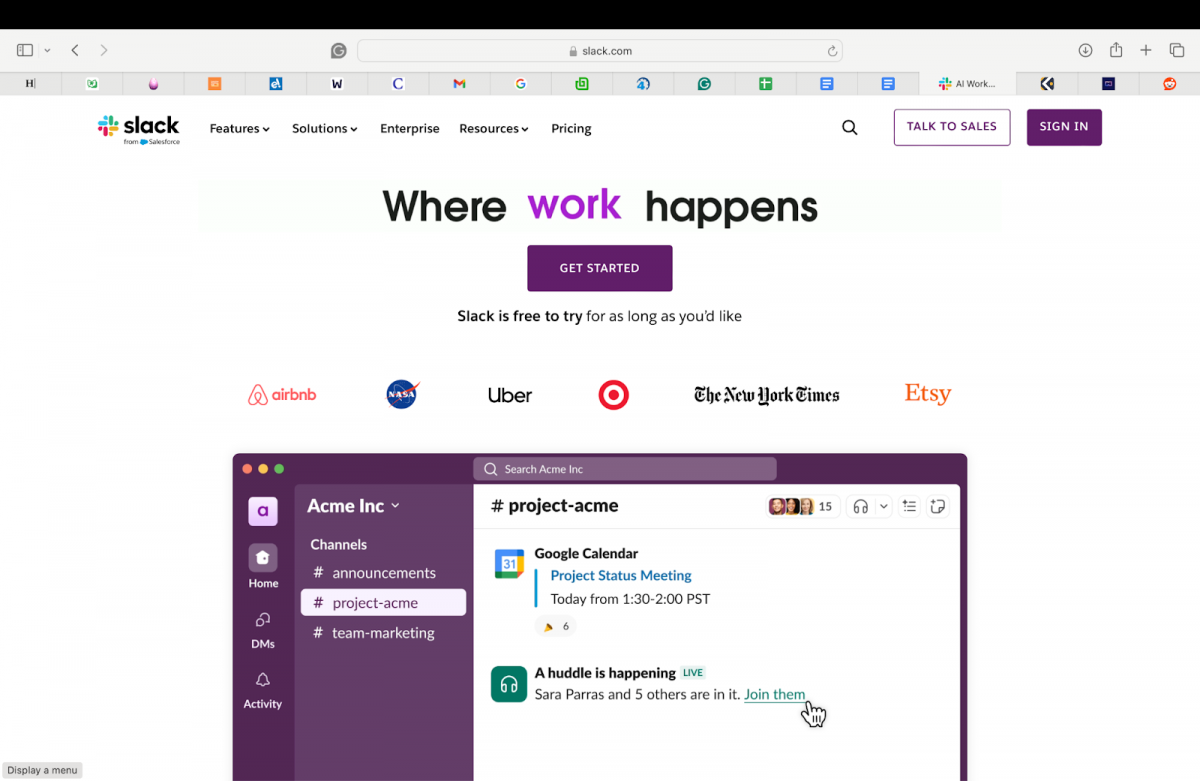
Artificial Intelligence
AI tools have revolutionized remote work and will continue to do so even in 2025, offering solutions to enhance productivity across various roles.
Take an editor who frequently proofreads and refines content. AI-powered tools like grammar checkers and paraphrasers streamline their workflow by identifying errors, suggesting improved phrasing, and even adjusting tone to match specific guidelines.
For instance, an AI proofreader can instantly spot grammar inconsistencies, while a paraphrasing tool helps rephrase content for clarity or to avoid redundancy.
These tools save time and elevate the quality of work, which enables editors to focus on creative elements. This synergy of AI and remote work transforms efficiency in content creation.
Key features
- Smart communication
- Content assistance
- Predictive analytics
- Automation
Examples: Chatbots, virtual assistants, grammar tools, transcription tools
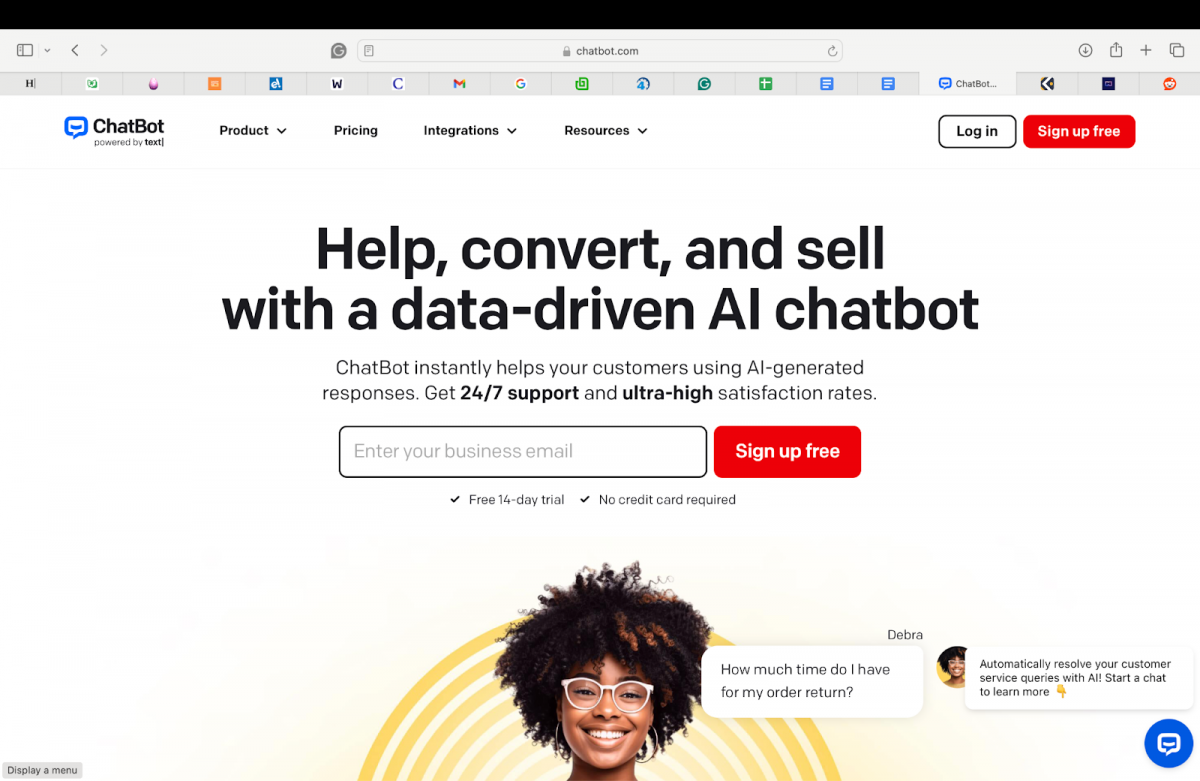
Global Talent Acquisition Tools
The rise of remote work has transformed businesses worldwide, which allows companies to tap into a global talent pool with ease. Modern tools have bridged geographical barriers, making tasks simpler and more efficient.
For instance, modern website creators now empower individuals to design professional sites within hours, eliminating the need for extensive technical expertise. This democratization of tools is a testament to how technology supports remote workers and businesses alike.
As we approach 2025, this trend is set to accelerate, with more organizations embracing remote operations and leveraging advanced tools to streamline workflows and drive innovation in the digital era.
Remote-specific platforms can further help with international hiring by managing compliance, payroll, and benefits for employees in different countries.
Key features:
- Onboarding and document management
- Global payroll and benefits integration
- Applicant tracking system (ATS)
- Compliance management
- Multilingual support
- Video interviewing
- Global sourcing
Examples: Deel, Remote.com, Linkedin Recruiter, Lemon.io
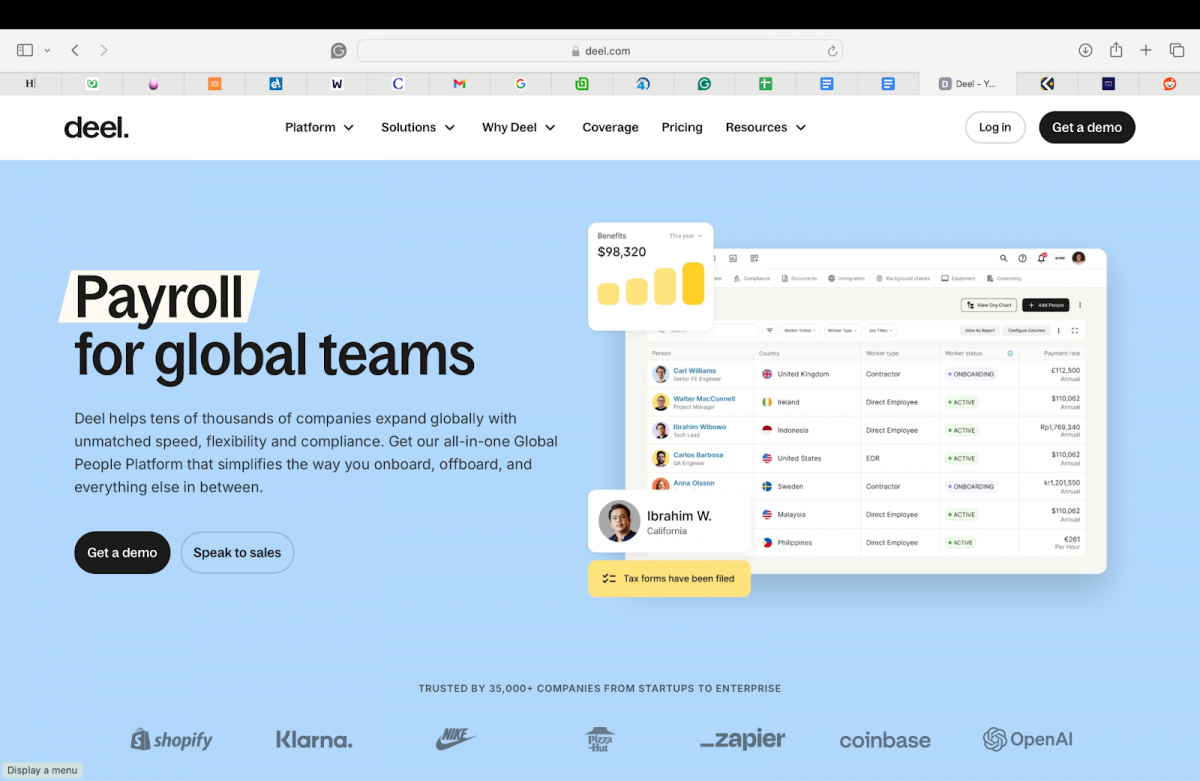
Virtual Business Credit Cards
As remote work continues to gain traction, businesses are increasingly turning to virtual business credit cards to streamline expense management.
These digital cards can be issued instantly and securely, empowering remote employees to make purchases without the need for physical cards.
By tracking spending in real-time, businesses can improve financial visibility and control, while employees benefit from the convenience and flexibility of these virtual tools.
Key features
- Increased security for online transactions
- Real-time tracking and reporting
- Customizable spending limits
- Instant issuance
Examples: Brex, Divvy, Ramp
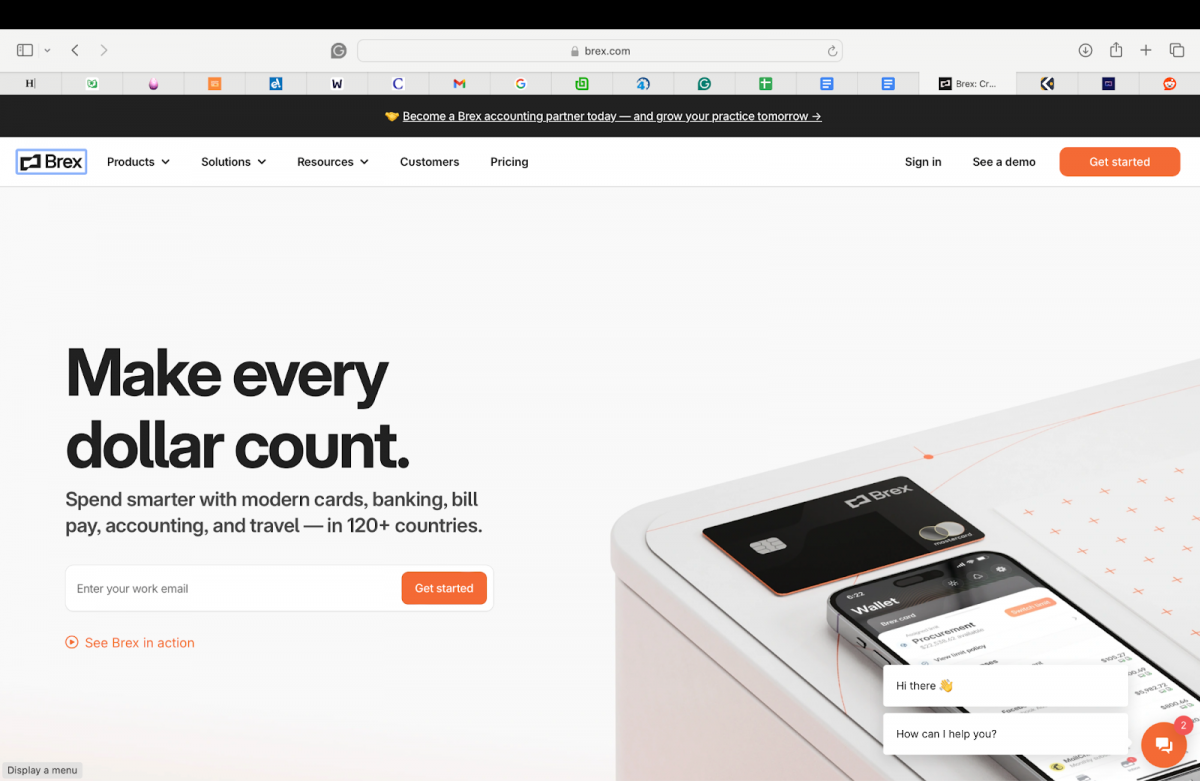
Remote Training Software
52% of remote employees reported taking online courses to improve their skills through platforms like e-learning modules.
So, remote training software is the first tool to consider when training remote employees. An onboarding LMS is an integrated solution for building an engaging, personalized training course, as well as tracking employee attendance and progress.
But onboarding is more than just signing employment files and preparing a welcome swag box. It also involves setting your new hires up for success in their new role.
This means making sure they know essential company policies like cybersecurity and workplace safety guidelines. As a result, you can get them familiar with tools they will be using, and provide them with job-specific training.
Key features
- Performance tracking and analytics
- Interactive and engaging content
- Customizable learning paths
- Onboarding and integration
- Certificates and reporting
- Compliance training
- Self-paced learning
- Collaboration tools
- Gamification
Examples: TalentLMS, Udemy for Business, WorkRamp
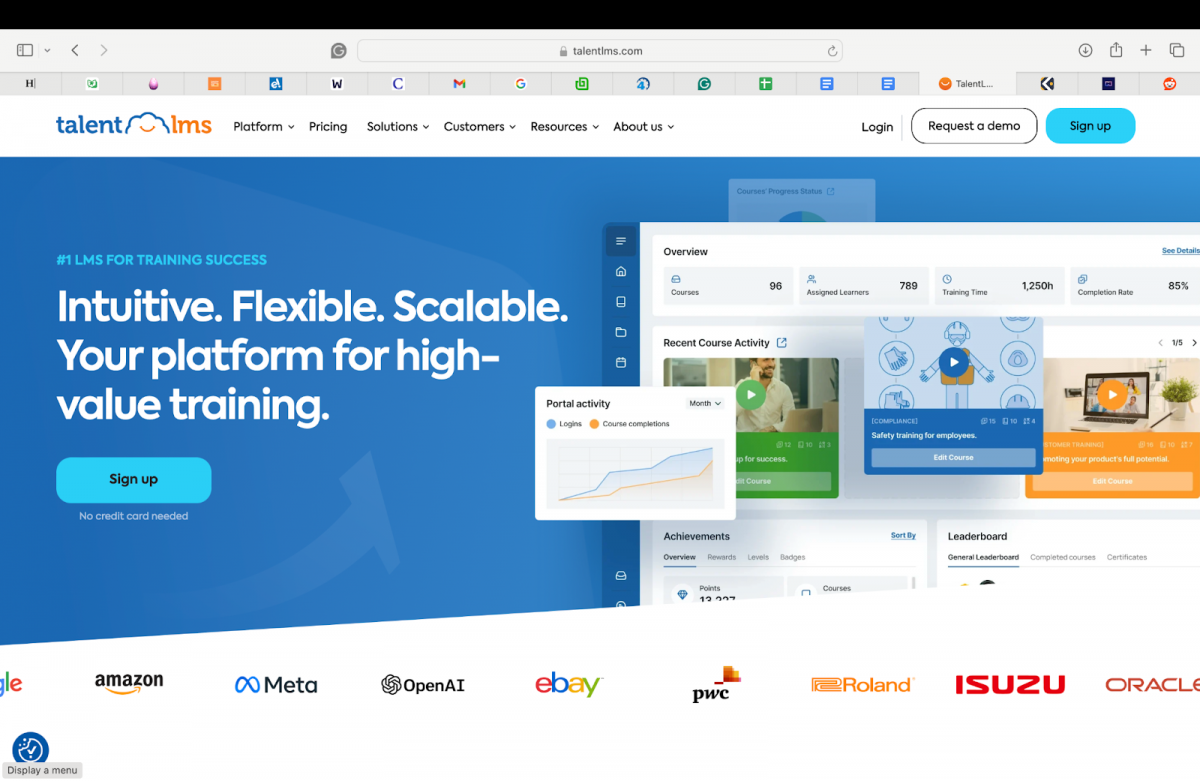
Cybersecurity Tools
In 2023, 72% of global respondents were concerned about the online security risks of employees working remotely. Even though this is down from 80% in 2022, it’s still a significant number that highlights the need for remote teams to secure networks and safeguard sensitive information.
In the future, remote work will only grow as more businesses will embrace flexible work models. So, ensuring strong cybersecurity will be mission-critical to maintain secure and efficient operations.
Security tools like antivirus software, endpoint detection and response (EDR), and mobile device management can help monitor remote devices and secure them from malicious attacks.
Key features
- Endpoint protection
- Identify and access management (IAM)
- Multi-factor authentication (MFA)
- Security incident response (SIR)
- Threat detection and monitoring
- Data loss prevention (DLP)
- Security awareness training
- Patch management
- Firewall protection
- Cloud Security
- Encryption
Examples: CrowdStrike, Cisco Umbrella, Okta, Zscaler, McAfee Total Protection
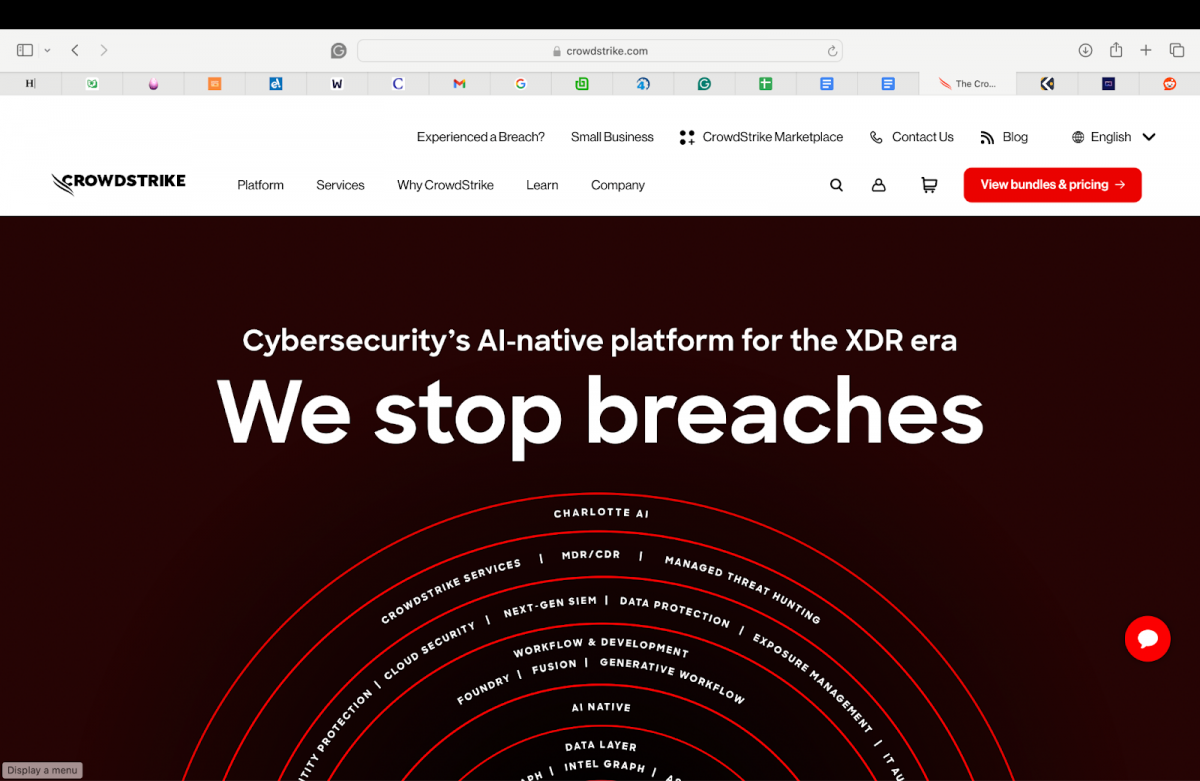
Future of Remote Work
Are you ready for what remote work will bring in 2025 and beyond?
These remote work trends are just a few of the shifts you’ll see happening as more businesses move to flexible working models.
Sure, some of them aren’t new. But they’re going to evolve to fit the changing needs of remote environments.
So, whether you’re a business looking to stay ahead or an employee who’s excited about what the future of remote work will bring, embrace these innovative tools and trends.
That way, you’re equipped for success in an increasingly digital and remote world.
Disclaimer
In line with the Trust Project guidelines, please note that the information provided on this page is not intended to be and should not be interpreted as legal, tax, investment, financial, or any other form of advice. It is important to only invest what you can afford to lose and to seek independent financial advice if you have any doubts. For further information, we suggest referring to the terms and conditions as well as the help and support pages provided by the issuer or advertiser. MetaversePost is committed to accurate, unbiased reporting, but market conditions are subject to change without notice.
About The Author
Jeremy Moser is the co-founder and CEO of uSERP, a leading digital PR and SEO agency. With a keen focus on driving organic growth and increasing online visibility, Jeremy has built a reputation for delivering impactful results in the digital marketing space. In addition to running uSERP, Jeremy is also an entrepreneur in the SaaS industry, where he buys and builds companies like Wordable.io. His deep expertise in SEO and content marketing is reflected in his work as a writer for notable publications, including Entrepreneur and Search Engine Journal, where he shares expertise on scaling businesses, growth strategies, and digital marketing trends.
More articles

Jeremy Moser is the co-founder and CEO of uSERP, a leading digital PR and SEO agency. With a keen focus on driving organic growth and increasing online visibility, Jeremy has built a reputation for delivering impactful results in the digital marketing space. In addition to running uSERP, Jeremy is also an entrepreneur in the SaaS industry, where he buys and builds companies like Wordable.io. His deep expertise in SEO and content marketing is reflected in his work as a writer for notable publications, including Entrepreneur and Search Engine Journal, where he shares expertise on scaling businesses, growth strategies, and digital marketing trends.

















































